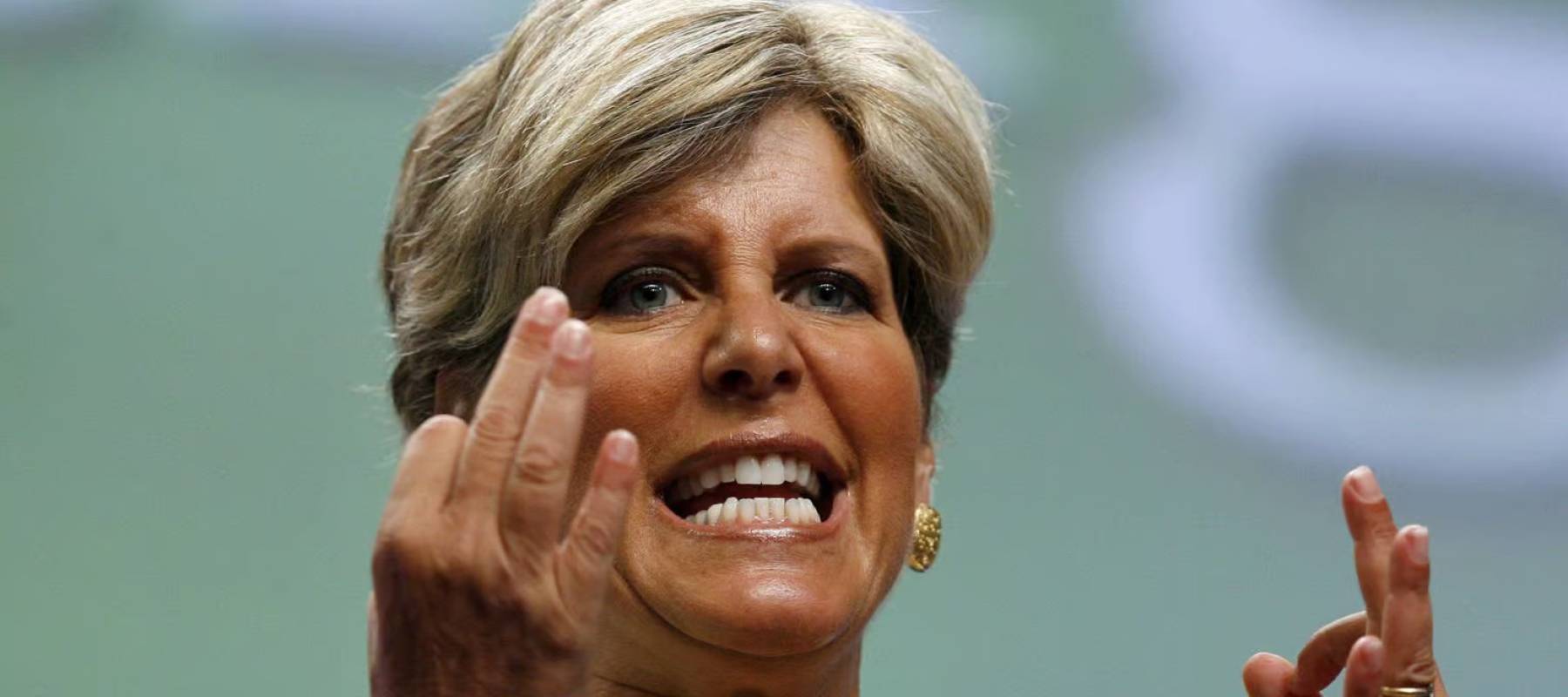The Bank of Canada's view on the recovery

Wednesday’s announcement from the BoC was littered with positive economic omens: It said global GDP growth this year is expected to reach 7%, oil prices are surging, and a rise in consumer spending should lead to strengthening business investment.
The Bank is now projecting GDP growth of 6% for Canada in 2021, 4.5% in 2022 and 3.25% in 2023.
But the BoC is still moving with caution.
“[T]he pace of the recovery will vary among industries and workers, and it could take some time to hire workers with the right skills to fill jobs,” the statement said. "The aftermath of lockdowns and ongoing structural changes in the economy both mean that estimates of potential output and when the output gap will close are particularly uncertain."
While the cloud of uncertainty hanging over the economy is shrinking, the notoriously conservative BoC can't throw its umbrella away just yet. In addition to holding the overnight rate at 0.25% and keeping pressure off variable mortgage rates, the Bank will continue to buy billions of dollars in government bonds.
Those purchases, however, are being slashed. Rather than securing $3 billion in bonds per week, the Bank will now have a target of $2 billion.
Empower Your Investments with Q Trade
Discover Q Trade's award-winning platform and take control of your financial future. With user-friendly tools, expert insights, and low fees, investing has never been easier.
Start Trading TodayThe role of inflation

The BoC has established 2% as the inflation target it needs to see before further reducing its "extraordinary forward guidance" regarding the overnight rate.
Inflation in May, the Bank reported, was 3.6%. Ironically, the higher prices Canadians are paying for gas, lumber and cars are helping the BoC keep interest rates low. Until inflation settles in at 2% for an extended period of time, the Bank will not feel comfortable with imposing a rate hike.
“With higher gasoline prices and on-going supply bottlenecks, inflation is likely to remain above 3 percent through the second half of this year and ease back toward 2 percent in 2022, as short-run imbalances diminish and the considerable overall slack in the economy pulls inflation lower," the BoC said.
The dizzying increases in Canada's home prices are contributing to inflation, too — and causing widespread worry among Canadians, a new Money.ca survey has found. The BoC's statement says the forces behind inflation today are temporary, but persistent enough that they require further monitoring.
"We remain committed to holding the policy interest rate at the effective lower bound until economic slack is absorbed so that the 2 percent inflation target is sustainably achieved. In the Bank’s July projection, this happens sometime in the second half of 2022," the Bank said.
The impact on mortgage borrowers

A static overnight rate for the next 12 months is good news for the holders of variable-rate mortgages. Whenever the overnight rate moves, the prime rates offered by Canadian banks, as well as their variable mortgage rates, tend to see similar shifts.
A year from now, things could be very different. Experts are projecting not one, but two, rate hikes from the BoC during the latter half of next year.
For anyone with a variable-rate mortgage, that means higher borrowing costs are essentially right around the corner.
Homeowners holding fixed-rate mortgages, with rates tied to Government of Canada bond yields, will be next to feel the pinch. A strengthening economy — like the one the BoC envisions over the next three years — should result in both higher returns on bonds and higher fixed mortgage rates.
Homeowners who opted for a three- or five-year fixed term may be in for an even greater shock than variable-rate enthusiasts. The BoC is sure to be cautious, and may only increase the overnight rate by one-quarter of a percentage point at a time. But how many of those increases will take place in the next five years? How much more will those mortgages cost?
And how many Canadians will be able to afford them?
Sponsored
Trade Smarter, Today
With CIBC Investor's Edge, kick-start your portfolio with 100 free trades and up to $4,500 cash back.








